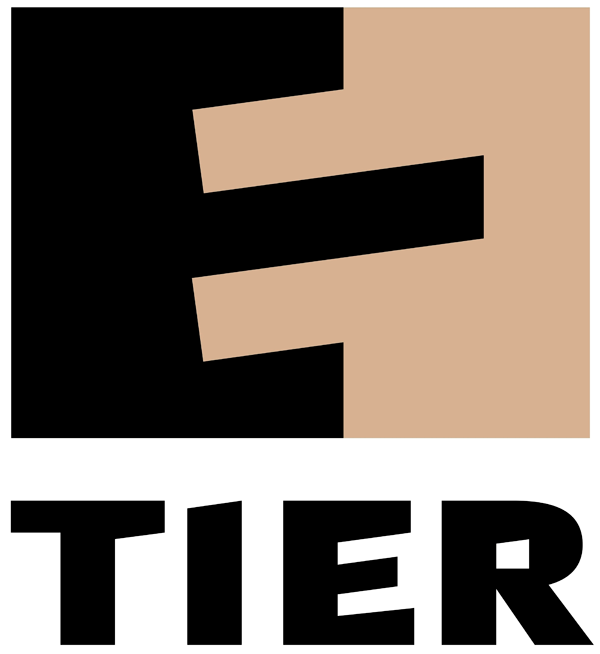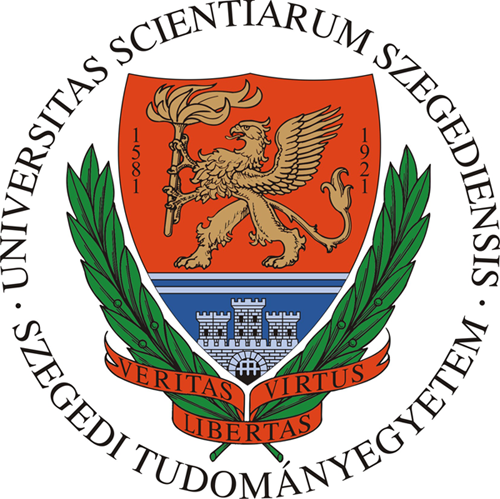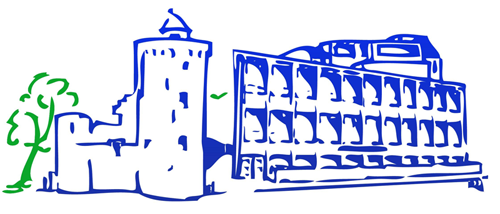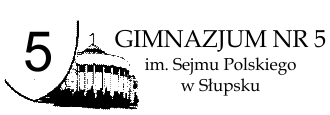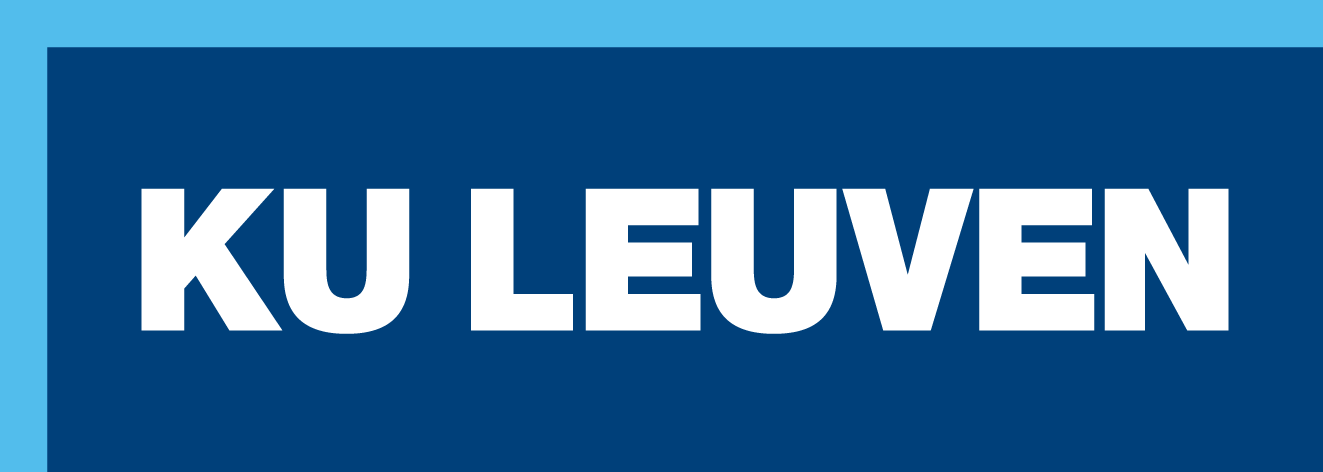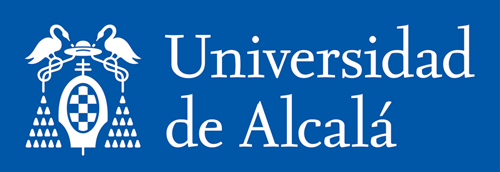INTRODUCTION
Let’s (not) talk about sex
Schools and teachers have a critical role to play in sexuality education. Often, however, they are reluctant to embrace it. The subject is delicate, the subject matter is difficult - requiring, as it does, a certain understanding of relevant biological, social and psychological aspects - and the mere decision to teach sexual education can provoke negative feedback from parents with cultural and/or religious objections. As a result, even where sexuality education is mandatory on paper, schools and their teachers tend to lack the resources and training to ensure faithful delivery of the sex ed curriculum in practice (Geunis, 2018).
Why is sex education important?
Despite these persistent problems, sexual education is critical for the physical and mental well-being of pupils. Unlike what many people - including parents and teachers - think, sex education does encourage sex and does not make young people engage in sexual acts they would otherwise avoid until a later age. A 2016 review of the evidence base for comprehensive sexuality education concluded that “sexuality education has positive effects, including increasing knowledge about different aspects of sexuality, behaviour and risks of pregnancy or HIV and other STIs. Strong evidence also concludes that sexuality education improves attitudes related to sexual and reproductive health” (UNESCO, 2016). The research specifically reaffirms the following outcomes, all of which should considered signal successes:
- Delayed initiation of sexual intercourse
- Decreased frequency of sexual intercourse
- Reduced risk taking
- Increased use of condoms
- Increased use of contraception
Critically, research finds that sexuality education does not increase the frequency of young people’s sexual activity, but it does improve young people’s knowledge and attitudes. This leaves them better positioned to make conscious and informed decisions.
What is comprehensive sex education (CSE)?
Comprehensive sexuality education is “a curriculum-based process of teaching and learning about the cognitive, emotional, physical and social aspects sexuality. It aims to equip children and young people with knowledge, skills, attitudes and values that will empower them to realise their health, well-being and dignity, develop respectful social and sexual relationships, consider how their choices affect their own well-being and that of others; and, understand and ensure the protection of their rights throughout their lives.” (UNESCO, 2018)
This definition illustrates the scope and breadth of CSE, which goes far beyond the basic biological teachings many (although not all) previous generations were offered. Critically, it seeks to invite a much broader conversation on sexual health, one that is not just focused on risk and safety considerations but that truly explores sexuality in all its aspects. To better understand why that’s so important to the general well-being of students, including LGBT students, let’s unpack some of the elements.
It’s (almost) all about science
First and foremost, CSE is scientifically accurate. Regardless of the many and varied approaches teachers may adopt to deliver the message to their respective audiences, the substance - grounded in scientific evidence on sexuality and behaviour - goes unchanged. Teachers are not offered the liberty to interpret scientific fact. Where LGBT issues are concerned, the regrettable fact that sexual orientation and identity remain so poorly understood poses some challenges here. We cannot yet state with a reasonable degree of scientific certainty that people are ‘born’ gay, or explain why most girls like boys (H), some girls like girls (L), and some girls like both (B). We’re equally far from understanding why some of us feel we were born into the wrong body (T), why some of us seem to have no sexual drive or desire at all (A) and why others still are not at all sure about where they stand on any of the above (Q). As in so many other areas of life, science is a long way behind. This is all the more reason for equipping pupils with the knowledge we do have, and for empowering them to understand, explore and protect the values and principles that drive social and sexual relationships.
It paints a bigger picture
This brings us to the second point worth unpacking. As the name states, CSE is ‘comprehensive’: it goes beyond biology to address social and sexual relationships from a human rights and gender equality perspective, touching on issues such as power dynamics, bodily integrity and consent. Safe sex is a conscious choice on the part of free and fully informed individuals. It is free of coercion, free of violence, and free of socially or culturally imposed pressure. Educating children and young people on their rights empowers them to recognise inappropriate behaviour from their peers or adults.
Studies indicate that inclusive CSE programming can serve to reduce gender-based bullying, including of LGBT pupils and students (https://www.ncbi.nlm.nih.gov/pmc/articles/PMC5388727/). This again points to the critical need for LGBT conversations to be brought from the playground into the classroom, with a teacher or trainer equipped to navigate these delicate discussions with confidence. Children are naturally curious, critical and - when allowed to go unchecked - can be cruel to those they perceive to be different. Offering a safe space for these issues to be framed in a serious and scientific way can go a long way towards disarming poisonous prejudice.
It’s in it for the long run
The last point worth unpacking is some detail is that CSE is curriculum-based and is delivered over time, as a continual educational process that equips pupils with age appropriate information from early childhood all the way to adulthood (UNESCO, 2018). CSE is not an improvised undertaking whereby teachers are left to their own devices. They have access to, and are trained in, the use of a written curriculum. Unsurprisingly, this is where much progress remains to be made - including in Europe. This is especially the case where LGBT is concerned: “CSE programmes often omit relevant content for LGBTI populations, including information about sex characteristics or biological variations which particularly affect intersex children and young people” (UNESCO, 2018, p25).
What can you do?
As a (trainee) teacher, you are in a unique position to make sure that your current and future students have access to sex ed information. If you are in a school where Comprehensive Sex Education is part of the curriculum, learn as much as you can about what you’re teaching and ask yourself, your fellow teachers, and your pupils, whether the curriculum is fit for purpose. Are they learning what they need to know? Is the material up to date and are the examples and illustrations context-sensitive? Is CSE limited to a specific time slot, or is it touched on in other classes as well? It is great to have the basics in place - but there are always ways to improve.
If your school does not yet teach Comprehensive Sexuality Education, ask yourself what the reasons for that are. Is it a lack of funds, time, teachers? Are there cultural or religious barriers? The better you understand what stands in the way of CSE, the more you can support your pupils in appropriate ways. If the issue is a lack of funds or time, you can start by at least pointing students to online and offline resources that can answer some of their questions (the resource list below, and the information in M2U4, should help with that). A website cannot replace a fully qualified teacher, of course - but some information, in this case, is better than no information.
If your school is not teaching Comprehensive Sexuality Education out of cultural or religious considerations, you will need to be careful about how you approach this. As much as you should want to support your pupils and answer their questions, you must be mindful of the context you work in and the consequences your actions might have for them as well as for yourself. Explore your options: speak to other teachers, to your school management, to LGBT organisations or groups in your community or country. It will be very difficult to get a full-fledged CSE program set up in Poland or Turkey - but here, too, small steps are significant, and even small pieces of information can save lives.
How to talk about sex: glossary
Many people - including teachers - struggle to have open, honest conversations about sex and sexuality. Part of that is not knowing what to say or how to say it; part of it is simply not being familiar as you should be with terms and their meaning. The glossary of terms below (UNESCO, 2018) should help:
DISCUSSION QUESTIONS
- Did you receive CSE when you were in school? What was sex education like?
- As a trainee teacher, is sex education part of your curriculum? Do you feel you should be spending more time on this topic?
- Why do many people find it so difficult to talk about sex?
- How would you deal with a pupil who comes to you with questions about sex? Would you be comfortable answering?
STORIES
Yes, yes, yes: why female pleasure must be at the heart of sex education
VIDEOS
- Sex Education: Last Week Tonight with John Oliver: https://www.youtube.com/watch?v=L0jQz6jqQS0
- Planned Parenthood: How Do You Know If Someone Wants to Have Sex With You? https://www.youtube.com/watch?v=qNN3nAevQKY
- Planned Parenthood: How To Put On A Condom https://www.youtube.com/watch?v=EdSq2HB7jqU&has_verified=1
- Planned Parenthood: Different is Normal - Changing Bodies and Genitals https://www.youtube.com/watch?v=t9tFk835vjo
RESOURCES
- Advocates for Youth: US-based Sex Education Resource Centre http://www.advocatesforyouth.org/serced?task=view , with lesson plans (http://www.advocatesforyouth.org/3rs-curriculum) and resources for faith communities (http://www.advocatesforyouth.org/serced/2045?task=view)
- Planned Parenthood’s Sex Education for Educators section https://www.plannedparenthood.org/learn/for-educators

